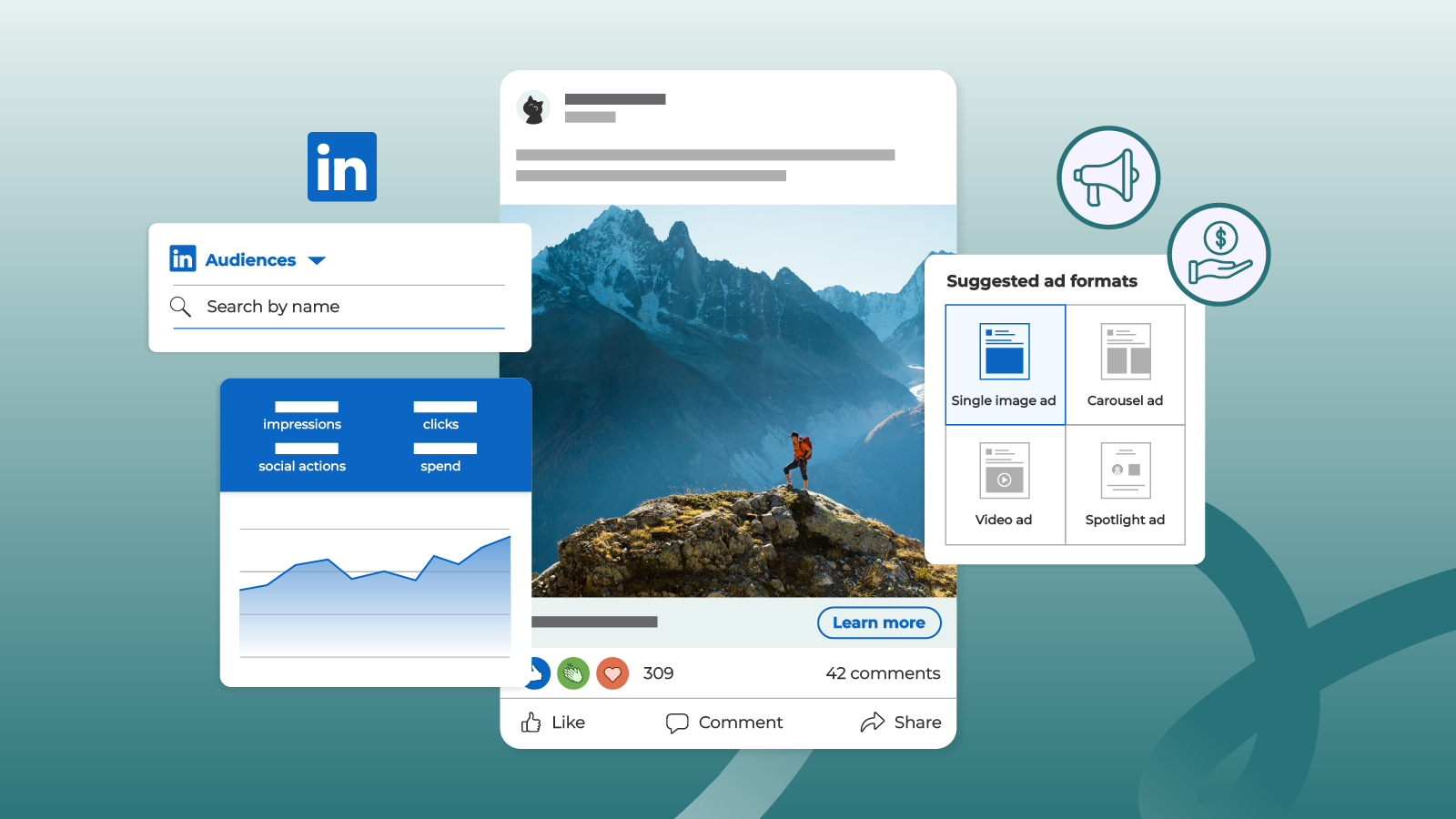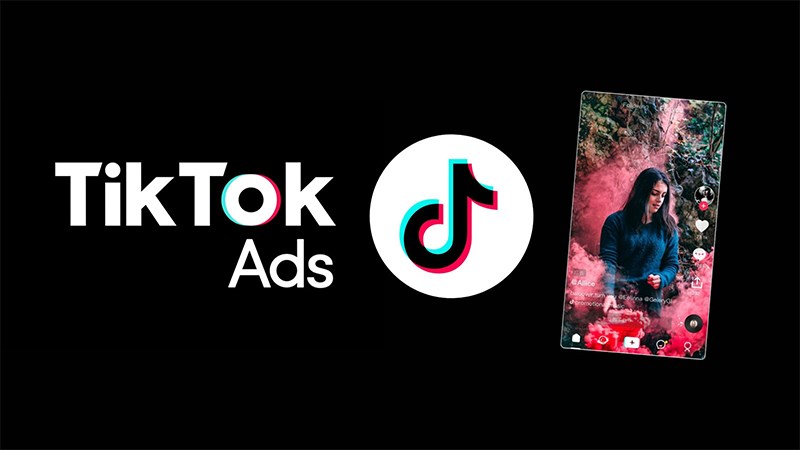
Introduction to LinkedIn Advertising
LinkedIn has positioned itself as one of the leading platforms for B2B marketing, offering an effective way for companies to connect with relevant professionals and organizations. Unlike other social networks, LinkedIn is primarily targeted to a professional audience, which increases the effectiveness of advertising campaigns aimed at a specific audience segment. The platform allows brands to not only reach potential customers, but also to position themselves as leaders within their industry by sharing valuable and relevant content.
LinkedIn's importance as an advertising medium lies in its ability to accurately target audiences. With more than 900 million users, the platform offers tools that allow companies to define their target audience based on factors such as industry, job title, geographic location and skills, which is critical to maximizing advertising ROI. In addition, the professional nature of its users facilitates the generation of high-quality leads, which are more likely to convert into customers.
There are a variety of ad formats on LinkedIn, allowing companies to tailor their campaigns to different business objectives. Among the most common formats are sponsored ads, text ads, and sponsored InMail. Each of these formats can be used to meet varied objectives, such as increasing brand visibility, encouraging interaction with content, or generating leads. Choosing the right ad format is critical to ensure that the advertising strategy aligns with the company's business goals and resonates effectively with the target audience.
Steps to Create an Effective LinkedIn Ad.
To develop an effective LinkedIn ad, there are several fundamental steps that advertisers must follow. The first step is the creation of an advertising account. Users should log into their LinkedIn profile and go to the advertising section. Here, they can connect their LinkedIn account to LinkedIn Campaign Manager, where they can manage all their ads centrally.
Once the advertising account has been created, it is essential to define the target audience. LinkedIn offers advanced targeting tools that allow advertisers to select specific characteristics of their audience. This includes factors such as geographic location, industry, company size, job title and skills of the targeted professionals. Defining the right audience is crucial to the success of the ad, as it ensures that the message reaches the right people.
The next step is to select the ad format. LinkedIn offers a variety of formats, such as text ads, graphical ads, video ads or even sponsored InMail. Each type has its own advantages, and the choice should be aligned with the objectives of the ad, checking which one best fits the message you want to convey and the previously defined audience.
Finally, setting a budget is a critical step in this process. Advertisers must decide how much they are willing to invest and select a payment model, such as cost-per-click (CPC) or cost-per-impressions (CPM). A well-thought-out budget ensures that the campaign is sustainable and that objectives are achieved without overspending.
Tips and Strategies to Improve Your Ad Campaigns
The effectiveness of LinkedIn ad campaigns can be significantly increased by implementing the right strategies. One of the most crucial aspects to optimize such ads is proper audience targeting. LinkedIn offers advanced tools that allow advertisers to define their target audiences based on various criteria, such as industry, company size, experience level and geographic location. The action of targeting ads to a specific audience not only increases relevance, but also improves conversion rates by reaching those who are truly interested in the product or service offered.
In addition, the use of engaging content is essential to capture the attention of the audience. Ads that combine impactful text with high-quality images or videos tend to outperform. When developing content, it is advisable to focus on clear and concise messages that highlight the benefits of the product or service. Also, the format of the ad should be considered; using a variety of formats, such as carousels and video ads, can be beneficial in maintaining viewer interest.
Another effective strategy is A/B testing. This methodology allows you to compare different versions of an ad to determine which generates better results. Adjusting ads according to performance based on conversion, click-through and engagement metrics is crucial to continually improve campaigns. Finally, it is essential to analyze campaign results to maximize ROI. Evaluating metrics and adjusting strategy based on the data collected can help identify areas of opportunity and improve ad effectiveness over the long term.
Implementation and Benefits of KVTemplate and the LinkedIn Pixel.
The implementation of KVTemplate in LinkedIn ad management emerges as an efficient solution to optimize digital campaigns. KVTemplate not only simplifies ad creation, but also allows users to manage their campaigns more efficiently. This customizable template system makes the design and publishing process more accessible, contributing to a better use of time and resources.
One of KVTemplate most notable features is its ability to integrate LinkedIn's pixel, an essential tool for tracking ad performance. Integrating the pixel allows advertisers to collect data on user interactions with ads and how these visits translate into actions within the landing page or bio page. To add the LinkedIn pixel through KVTemplate, it is essential to follow a simple process that ensures the code is correctly implemented wherever you set it up. Once inserted, the pixel will act as a tracking medium, providing detailed information on the effectiveness of the campaign.
The advantages of using KVTemplate in combination with LinkedIn tools translate into improved business results. On the one hand, facilitating the management of multiple campaigns simultaneously allows the advertiser to make real-time adjustments. On the other hand, accurate data collection through the pixel helps identify which ads generate better conversion rates. With this information, strategic modifications can be made that maximize ROI. Consequently, integrating KVTemplate and the LinkedIn pixel is critical to any advertising strategy that looks for market trends and consumer behavior.




